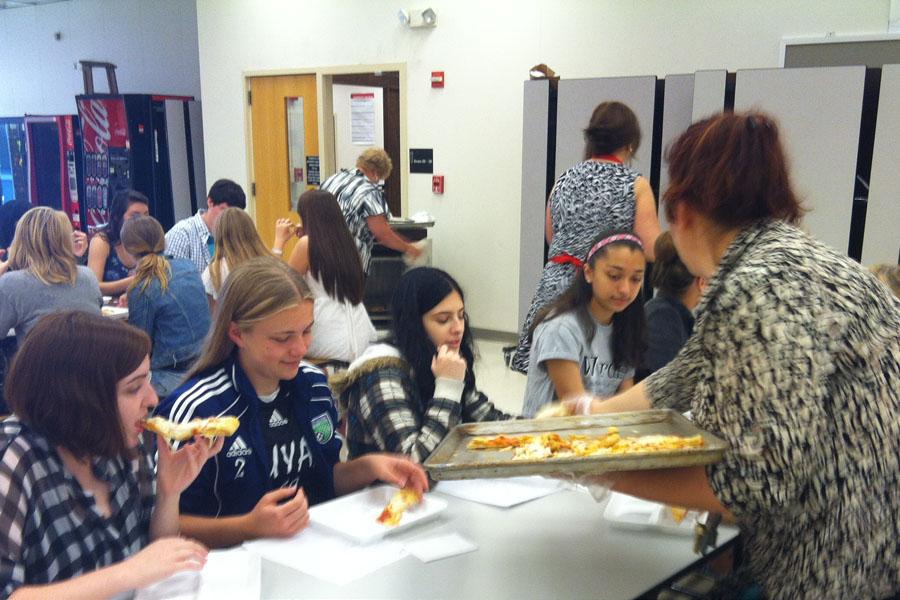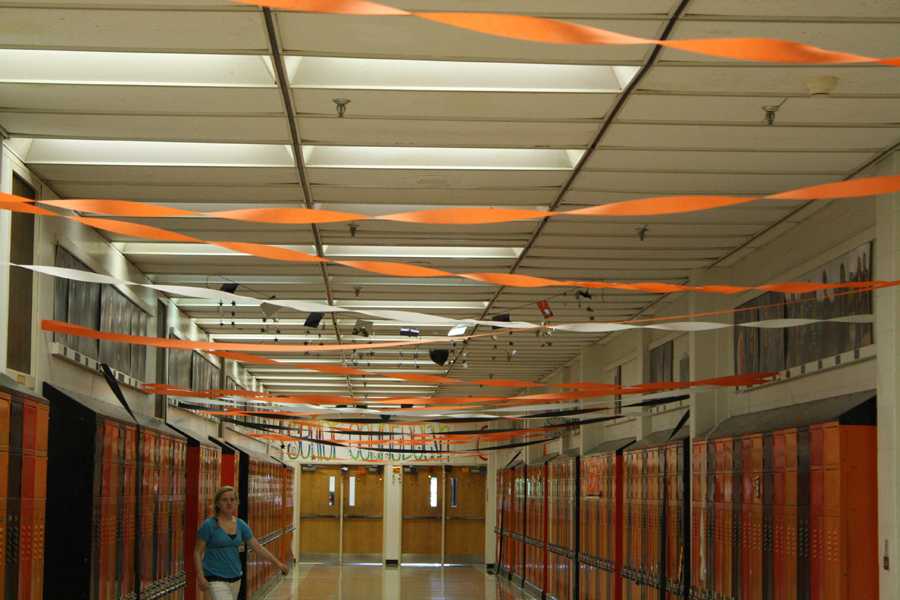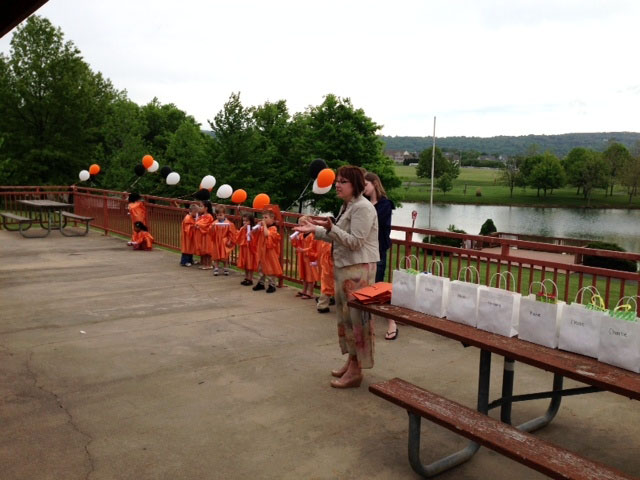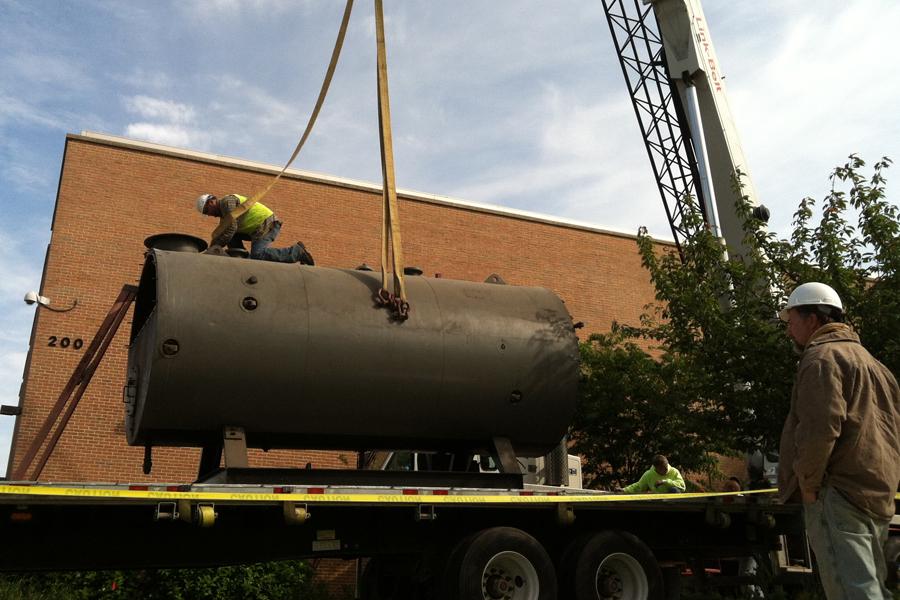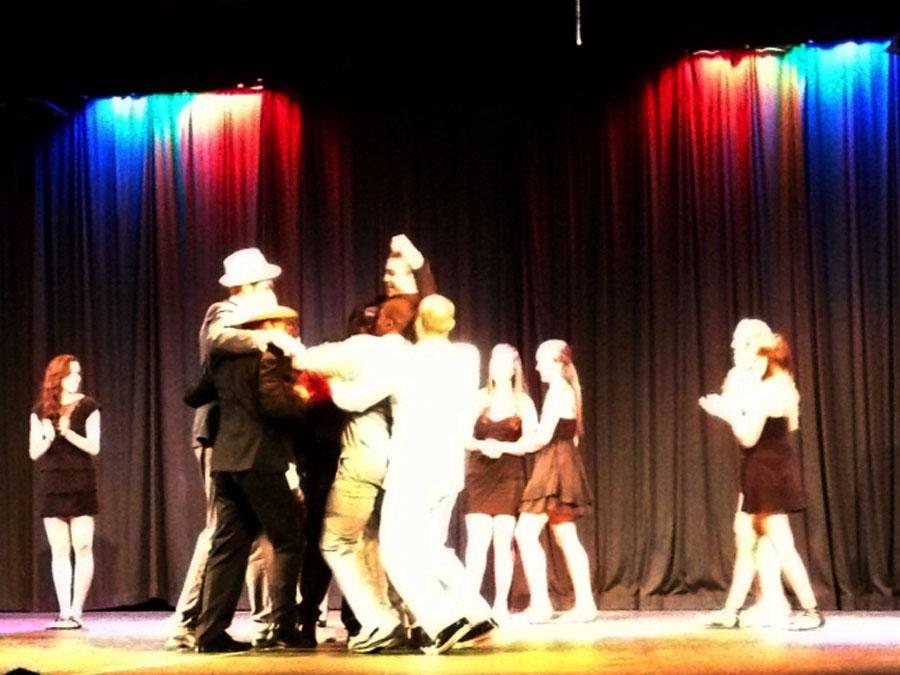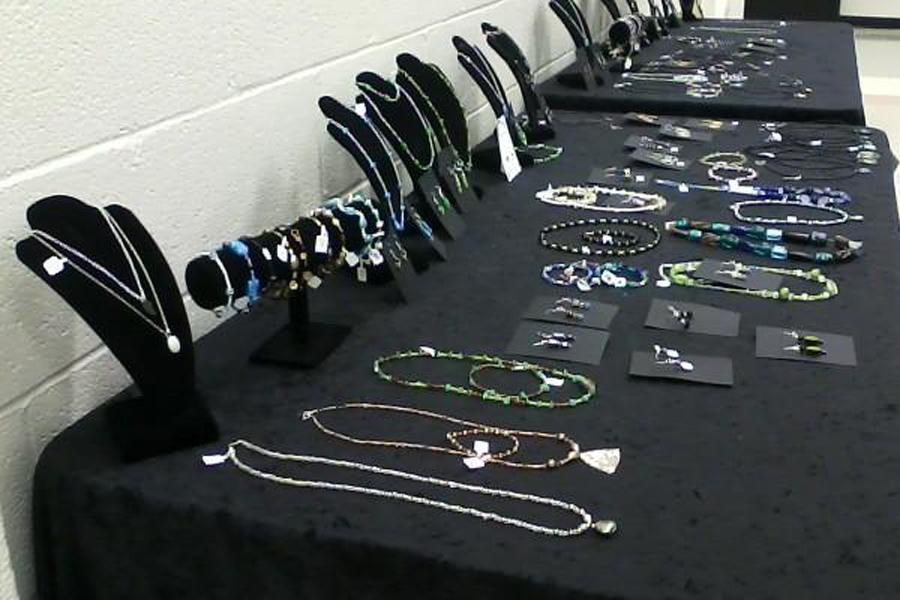By Shannon McKenna
Round Table editor
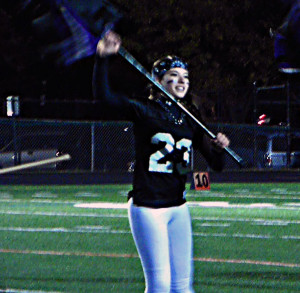
The loud pop was the first sign. Practicing a trick she had done numerous times over the last few months, it had become nearly effortless. Little did she know that that loud popping sound could have completely destroyed her dancing career and any future she had in dance. That, at the time, insignificant little pop was a foreboding sign of the challenging few months that were coming, now that her ACL was torn.
Middletown High School senior Tara Forseth described her ACL (one of the four major ligaments of the human knee) tear as a grueling experience that helped her grow not only as a dancer, but helped her to realize her strength and abilities.
Dance has been Forseth’s passion for years, and when her injury occurred, she wasn’t sure if she should cry or if she was really in pain. During the final dress rehearsal run at Way Off Broadway’s Dinner Theater’s production of “Cats” on June 18, 2009, she was performing an acrobatic trick known as “a double cartwheel” when the life changing event occurred.
The trick is essentially a partner cartwheel where neither person has to touch the ground with their hands because there is always one of the two people holding on to the other upside down. So their partner’s legs and feet act as their arms and hands.
“When I landed my first full rotation of a cartwheel, something accidentally went wrong” said Forseth, “when I began to pull my partner over I felt (and heard) my knee pop and dislocate as I fell.”
Anterior cruciate ligament tears, or ACL tears, are a potentially debilitating injury, and one of the most common sports-related knee injuries.
Not only did the injury affect her, but her parents were also very concerned about their daughter’s injury. They were glad that the surgery was going to be low risk and the damage wasn’t going to be permanent but were heart broken for her sake, especially when they found out that she wouldn’t be able to dance to the best of her abilities for a year and a half.
Because of the injury, Forseth was forced to take a step back from dance and go through a long recovery process. After the injury, she had to keep from dancing for almost an entire year, and on June 30, 2010, her surgery finally came around.
Still not being allowed to dance at the level she once did, Forseth had to wear a brace to protect her knee from having any other injuries until this summer when she was finally able to take it off to dance.
Throughout the recovery process, Forseth was reminded of a close friend of hers who went through the same thing, MHS graduate Jordan DuMars. Although Forseth’s injury occurred before hers, DuMars went through the surgical and full recovery processes before Forseth did.
“She was always willing to offer advice and encouragement, and it was incredibly comforting to hear at a time when I really needed it,” Forseth said.
Since then, Forseth has recovered almost fully from her surgery and has already taken her dancing skills to a new level, refusing to let her prior injury keep her from enjoying what she loves to do.
“I chose to go back to dance, because what happened was an accident. I wasn’t even performing a standard dance move when it happened. It was just one of those things you could never predict would happen,” said Forseth.
Currently, Forseth is a member of the MHS dance team which dances at home football games and competitions and has rehearsal three times a week. Along with that, she takes four dance classes separately and plans on auditioning for the musical. But because of it she is still constantly reminded of her injury and how careful she needs to be to prevent any further injuries.
“I strive to be as careful as I can, and enjoy every minute that I get to spend dancing, because it’s my passion. That, singing, and acting are what I intend to make a lifelong career out of, and I could never imagine myself doing anything else. So I guess you could say I went back to dance out of personal necessity,” said Forseth.





